
Alaska Sea Grant researcher develops dog treats from fish skin
The award winning product aims to create a new market for the tons of fish skin that goes to waste in processing.
Scroll down to view posts

The award winning product aims to create a new market for the tons of fish skin that goes to waste in processing.
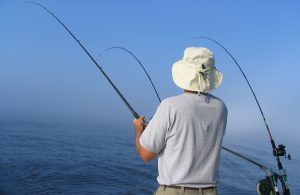
Wisconsin Sea Grant researcher quantifies the value of Lake Michigan sports fisheries
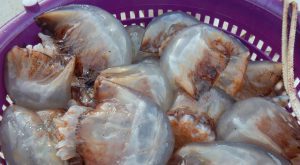
Georgia Sea Grant funded the development and testing of a turtle excluder device (TED) to help jellyfish trawl fishermen operate more efficiently.
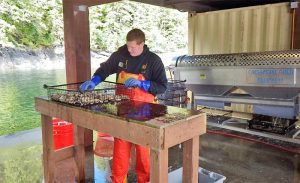
Alaska Sea Grant is getting the word out about a technique that could enhance farmed oyster and kelp productivity.
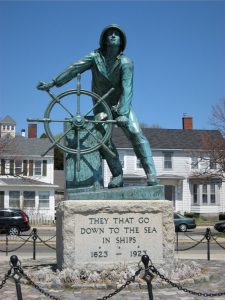
A new paper in the journal Nature by researchers at Duke University provides strong evidence that catch share management slows the race to fish in U.S. fisheries on average. Some counterexamples in multispecies settings motivate ongoing work.
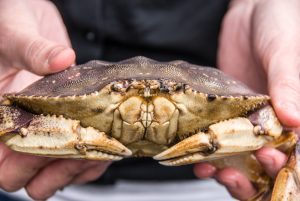
West Coast crabbers and faculty with Oregon State University and Sea Grant programs in Oregon and Washington have been exploring ways to reduce injuries at sea.
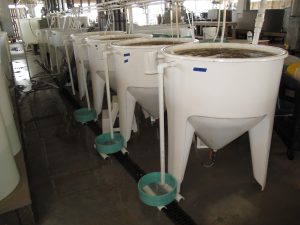
A strong partnership between Louisiana and Mississippi-Alabama Sea Grant programs fosters the exchange of information and problem solving for successful oyster larvae production; supports growing off-bottom aquaculture industry in the northern Gulf of Mexico.
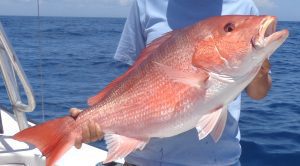
The Mississippi-Alabama Sea Grant Consortium (MASGC) is accepting proposal submissions to estimate the abundance of red snapper in the U.S. waters in the Gulf of Mexico.
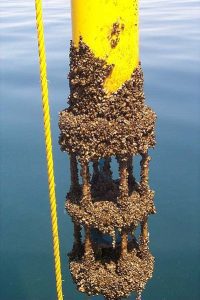
S.C. Sea Grant-funded scientist now working with marine industry to develop new paint coating to deter biofouling on boat hulls and underwater surfaces, such as cables, fishing gear and pipes.
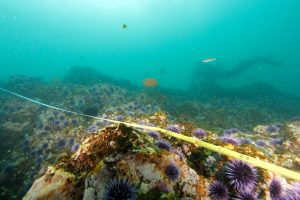
It seems like the premise of a horror movie: giant armies of purple sea urchins mysteriously congregating, marching across the sea floor, and mowing down entire kelp forests. But alas, this is no movie.
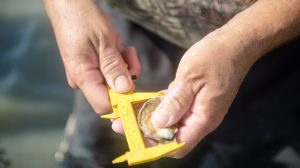
Sea Grant welcomes proposals for two competitive opportunities to advance aquaculture research, address barriers to aquaculture, and expand aquaculture production.

Georgia Sea Grant and the University of Georgia Skidaway Institute of Oceanography entered their fourth year of black gill research with the introduction of a new smartphone app that will allow shrimpers to help scientists collect data on the problem.

“We did this project specifically as a service to local municipalities to get them accurate data to utilize, if they’re going to go with the approach of seeding and growing shellfish as part of their water quality management plans.”

A partnership between a scientist and a fishermen leads to a promising business venture with ecological benefits thanks to support from North Carolina Sea Grant.
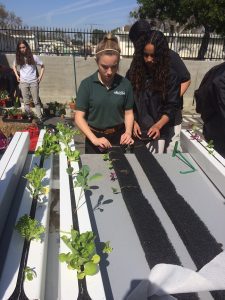
Nine schools in Los Angeles are raising fish in their classrooms with the help of USC Sea Grant as part of the Food for Thought Aquaponics and Seabass in the Classroom programs.
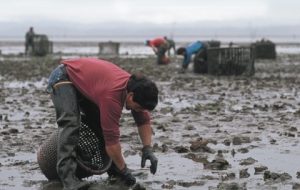
Washington Sea Grant assesses the economics, environmental effects and growth potential of clams and oysters in America’s foremost shellfish-growing state.
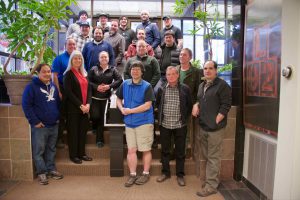
The Alaska Seafood Processing Leadership Institute offers professional development and enhances promotion opportunities for Alaska’s seafood processing professionals.
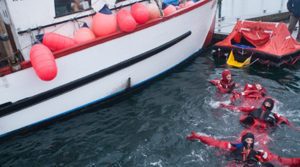
Commercial fishing is one of the nation’s most dangerous occupations, nowhere more so than on the West Coast.
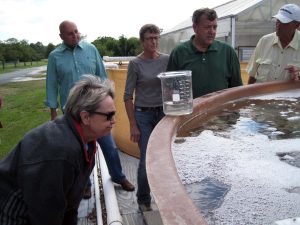
Maryland Sea Grant Extension Helps Shellfish Growers Produce Oyster Seed
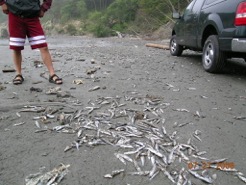
Fish kills and vanishing razor clams alarm the Quinault; tribal fishermen and elders join in Washington Sea Grant’s investigation of devastating coastal hypoxia.
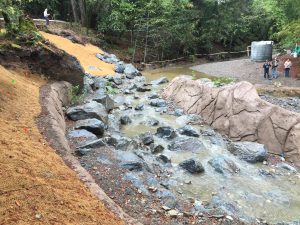
Salmon conservation achieved a major victory this October as construction finished on a fish passage and stream restoration project in Mill Creek, California. After California
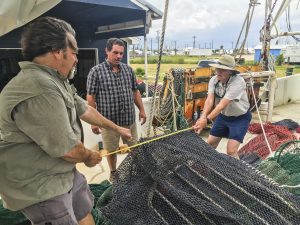
An exchange between Texas Sea Grant and NOAA’s National Marine Fisheries Service is helping shrimp fishermen keep sea turtles safe and themselves on the right side of federal regulations.
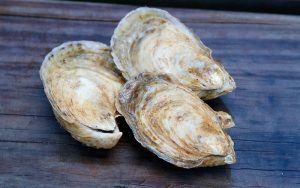
Silver Spring, MD — The National Sea Grant College Program announced $3.4 million in federal funding to support aquaculture research and outreach today. The funding,
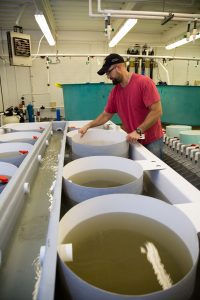
Hatchery promises a comeback for commercial oyster harvests, the once thriving industry in Georgia.
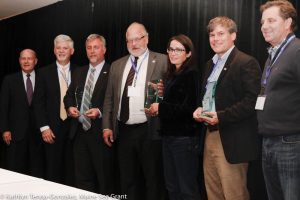
NEWPORT, RI— Seaweed cultivation is a rapidly growing industry in New England, providing new economic opportunities for seaside communities and would-be sea vegetable farmers. The widespread
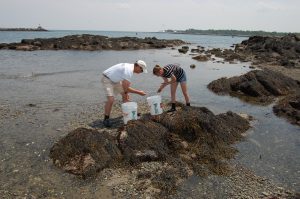
by Becky Zeiber, New Hampshire Sea Grant From kelp beer to seaweed salads, the public’s appetite for sea vegetables seems to have grown exponentially over
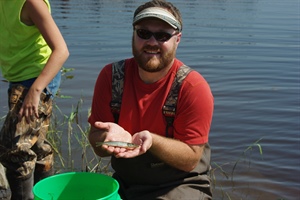
Rich in healthy omega-3 fatty acid, Wisconsin commercial fishers are interested in hauling in greater numbers of lake whitefish via trawl nets, leading to higher income. Wisconsin Sea Grant is leading a study on the idea.

For more than a decade, North Carolina Sea Grant has worked directly with the N.C. Division of Marine Fisheries to provide a fellowship that helps to identify management strategies for important fisheries.
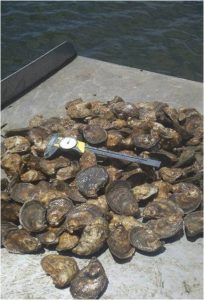
South Carolina Sea Grant Consortium helps growers refine mariculture practices, supports research on triploid oysters, and connects oyster farmer and eco-tourism company.
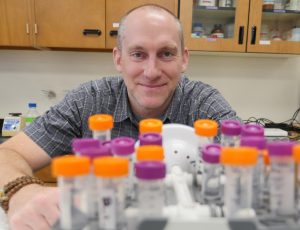
During National Seafood Month, Sea Grant highlights a few of the many ways it works to support sustainable seafood and aquaculture.
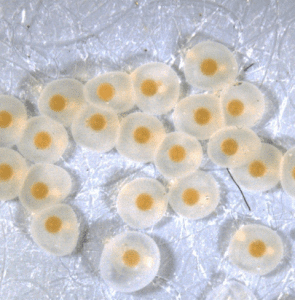
NOAA’s Ocean Acidification Program (OAP) and the Northeast Sea Grant Programs joined together to prioritize and fund new research on how ocean acidification is affecting marine life including lobsters, clams, oysters, mussels and sand lance that are so important to the Northeast region.
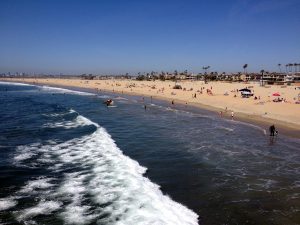
USC Sea Grant helps visitors understand, appreciate the rays that frequent their favorite beach.
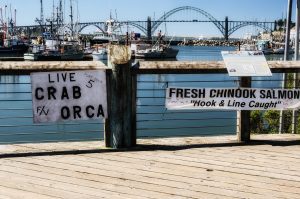
Sponsored and run by Oregon Sea Grant, “Shop the Dock” is entering its third summer of offering free, guided educational tours of Newport’s commercial fishing docks. Shoppers learn a bit about the fisheries, meet the people who catch the fish, and have an opportunity to buy the freshest salmon, tuna, halibut and crab, usually at prices lower than they’d find at their local supermarkets.
NOAA Sea Grant, NOAA Fisheries announce funding opportunity for design of red snapper population assessment. Letters of intent due 5:00 pm Central Time on Friday, June 3, 2016; full proposals due July 15.
Originally published by New Hampshire Sea Grant in March 2016 This year marks the 50th anniversary of Sea Grant, a program that has put science to

Illinois-Indiana Sea Grant is helping place more Indiana-farm-raised fish on menus in the Midwest through events like the Aquaculture Industry Tour for Culinary Professionals.
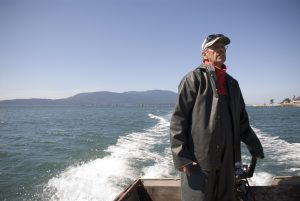
From cleaning and bleeding to direct marketing, casino contracts, and restaurant romance: Pete Granger and his Washington Sea Grant colleagues help Washington's tribes and other coastal communities resist an import invasion and take control of their fishing future.

California Sea Grant worked with local fishermen to open a direct market in San Diego. The success of the Tuna Harbor Dockside Market has been instrumental in the passing of new legislation that streamlines the direct marketing process for California fishermen.
In January 2016, the Alaska Sea Grant Marine Advisory Program will host the sixth Alaska Young Fishermen's Summit. AYFS offers leadership training, networking capacity and opportunities for fishermen under 40 and/or in the business for less than five years.
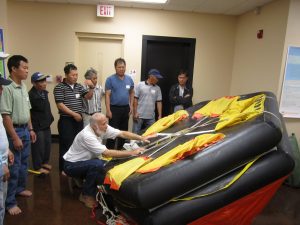
Commercial fishing can be a dangerous job. Thanks to Mississippi-Alabama Sea Grant Consortium Extension agents, 200 sailors have been trained as marine safety instructors. The training recently helped save two fishermen in a collision.
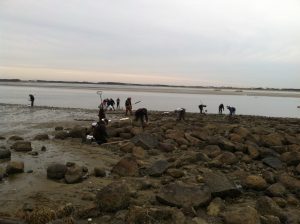
To help protect and increase the cultural and financial benefits of shellfish aquaculture, Woods Hole Sea Grant partnered with state and local agencies to produce a series of educational brochures about health and safety aspects of handling and consuming shellfish harvested in state waters.
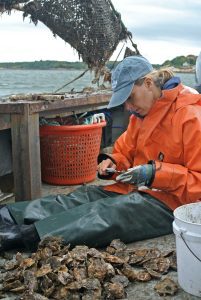
" Sea Grant is about the community we are connected to. We are a small staff, but we collaborate with a myriad of organizations to conduct research and get the word out about Connecticut’s coastal and maritime resources and challenges. Our strength is in our partnerships."
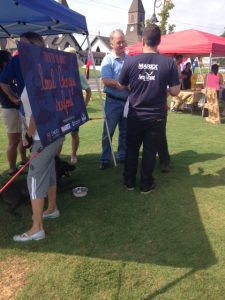
With a new Georgia Seafood Directory and research on the local food movement, Georgia Sea Grant is helping the state's fisheries tap into larger inland markets.
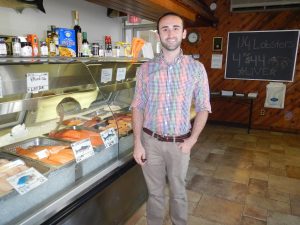
” I am focusing on identifying needs in the areas of outreach and education, as well as the production, safety, sustainability and marketability of seafood.”
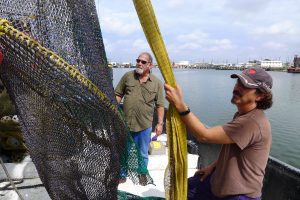
" Interacting with people and helping them, that’s the heart of Sea Grant."
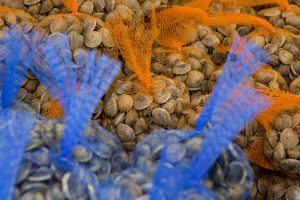
Florida Sea Grant's aquaculture specialist has been awarded the Distinguished Service Award by the US Aquaculture Society following years of work supporting fishers in the growing clam farming industry.
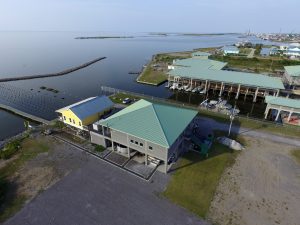
On average, 400 million oyster larvae were produced at the Grand Isle Oyster Hatchery annually. With the recent grand opening of the new hatchery facility, 1 billion Crassostrea virginica oyster larvae can be produced annually.
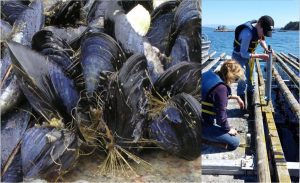
Mussels dominate rocky coastlines and support aquaculture worldwide. Now Washington Sea Grant-supported researchers at the University of Washington are investigating climate-related threats to the amazingly tough mussel threads that anchor them to wave-pounded rocks and docks.
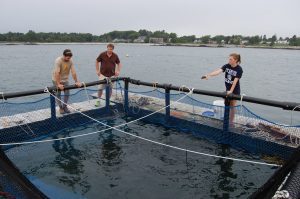
New Hampshire Sea Grant has assisted with the assembly of an aquaculture raft that will provide year-round local fish and shellfish, as well as promote integrated multi-trophic aquaculture in New England.
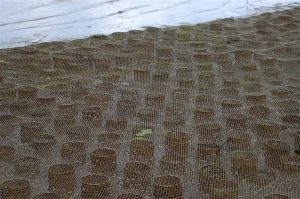
The NOAA Sea Grant College Program is announcing new grants totaling $1.9 million, for 15 competitively selected projects supporting the development of environmentally and economically sustainable ocean, coastal, or Great Lakes aquaculture.
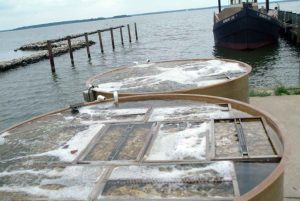
Many leaders in Maryland have highlighted the importance of developing oyster aquaculture in the state: this industry supports local working waterfronts and also helps the state’s struggling seafood industry. Maryland Sea Grant Extension helped to bring about changes in state policy to make it easier for residents to obtain leases for aquaculture operations in Chesapeake Bay, creating new opportunities for entrepreneurs. To help them pursue those opportunities, Maryland Sea Grant Extension and its partners have developed a number of programs that help shellfish growers to obtain start-up funding for these ventures and to build and operate them successfully.
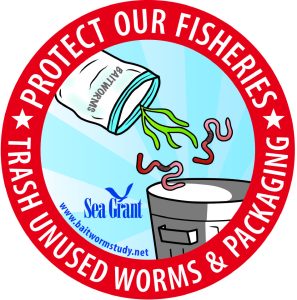
The introduction of aquatic invasive species to Chesapeake Bay, transported through the ballast water of cargo ships or by live animal and plant trades, can bring ecologically harmful consequences. To safeguard local ecosystems, Maryland Sea Grant supports programs that seek to prevent the establishment of new invasive species in the region.

Working with Pennsylvania Fish and Boat Commission and local anglers, Pennsylvania Sea Grant involves high school students from Central Career and Technical School in building structures to improve fish habitat in Lake Erie.
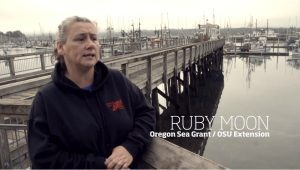
An Oregon Sea Grant Extension Agent is featured in an Oregon State University project.
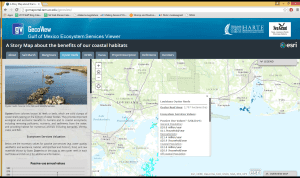
The Gulf of Mexico Ecosystem Services Viewer shows, in an interactive format, the values people place on salt marshes, mangroves and oyster reefs in the Gulf of Mexico. Based on research results, this tool fills an informational gap in the Gulf.
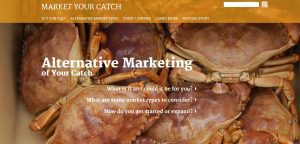
A collaborative, Sea Grant social science effort has led to the development of a website that guides fishermen through the process of entering alternative markets, bringing them closer to the consumer.
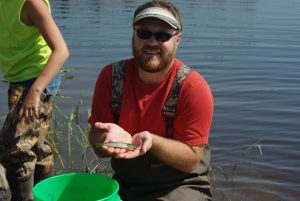
It's Safe Boating Week. Recreational anglers are also boaters. On Lake Michigan, those recreational anglers need to be aware of safety concerns surrounding commercial fishing trap nets. That's where Wisconsin Sea Grant steps in, sharing maps showing net locations.
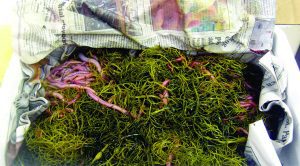
To reduce the spread of aquatic invasive species, a project led by Maryland Sea Grant educated fishers to properly dispose of the seaweed packaging used to ship blood worms.
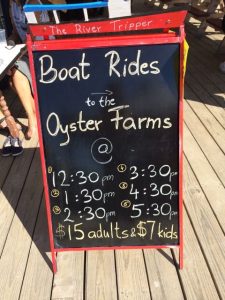
Tourists are increasingly interested in experiences that allow them to support and connect with the people and places that they visit. Maine Sea Grant is facilitating such experiences by assisting with the creation of oyster farm tours, combining the tourism and fisheries industries that already exist in Maine.
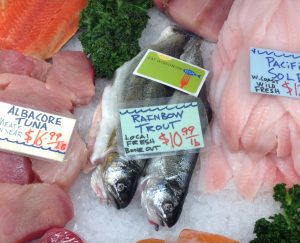
By incorporating social science into the equation, Great Lakes Sea Grant programs are helping to meet societal needs.
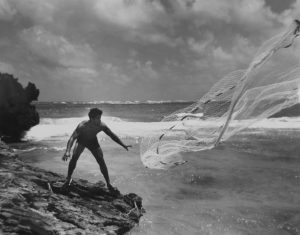
The University of Hawai‘i Sea Grant College Program took the initiative over 10 years ago to form a partnership with the Hawai‘inuiÄkea School of Hawaiian Knowledge and Awaiaulu to help make Hawaiian language newspapers articles from the 1800’s and early 1900’s accessible to the general public.
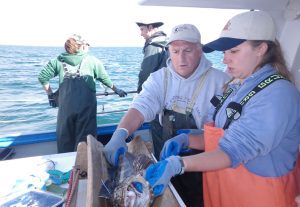
A new study announced by California Sea Grant reports on the first seven years of monitoring within four marine protected areas between San Francisco and Morro Bay.
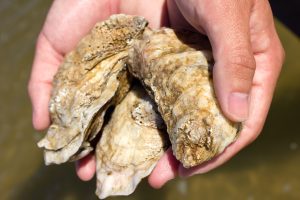
Sea Grant funded-researchers from the Virginia Institute of Marine Science may have found a positive side to an oyster parasite and its impact on vibrios bacteria.
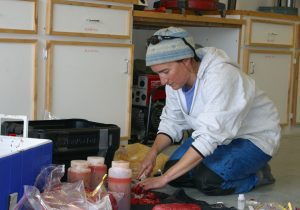
While many Sea Grant agents work with commercial fisheries, Sheffield’s role is unique. There are few commercial fisheries in the north of Alaska – the primary fishery there is a subsistence one. A study done on Saint Lawrence Island, in the southern Bering Strait, found that 80 percent of the population ate only subsistence food an average of 5 days per week.
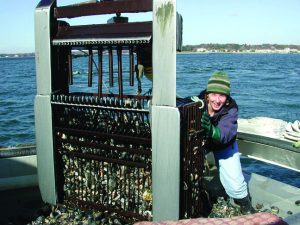
Connecticut Sea Grant assists aquaculture industry, bringing policy makers and stakeholders together, netting new benefits for ocean crop loss.
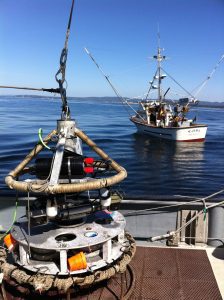
Rockfish were overfished in the 1970s and 1990s, and Rockfish Conservation Areas were put in place. Little is known about the species distribution within the conservation areas now. A team put together by California Sea Grant and The Nature Conservancy hopes to better understand the distribution so that resource managers may allow for more fishing opportunities.

Lake sturgeon have been on the planet for 150 million years. Despite that long residency, scientists are still learning about these fish, the largest found in North America. An enduring question is what contributes to their survival skills. Answer: Sound. As one factor anyway.
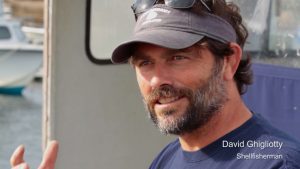
Two years in the making, Rhode Island’s first comprehensive shellfish management plan was celebrated recently at the University of Rhode Island by the state agencies, project managers, researchers, stakeholders, and funders who made it happen.
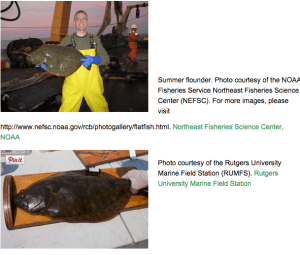
Mid-Atlantic Sea Grant research funded a project that is looking at the shifting distribution of summer flounder under climate change conditions, including some bio-economic modeling to examine the economic impact of that shift.
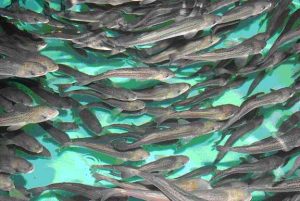
Today NOAA Sea Grant is announcing new grants totaling $2.6 million for 15 projects to support the development of environmentally and economically sustainable ocean, coastal, or Great Lakes aquaculture. Sea Grant has been involved in research to support sustainable aquaculture since its inception in 1966. This year’s National Strategic Investment competition focused on aquaculture research projects that will have immediate beneficial impacts by: informing regulatory decisions; increasing production technology, or understanding the socio-economic issues that limit aquaculture development.
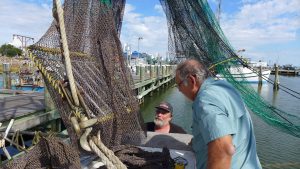
Texas Sea Grant, with funding from the National Fish and Wildlife Foundation (NFWF), has launched a pilot program to help shrimpers correctly install and operate turtle excluder devices, known as TEDs, and to develop a process to certify those that do. This vessel certification will help consumers choose “turtle-safe” wild-caught Gulf shrimp at their local supermarkets.
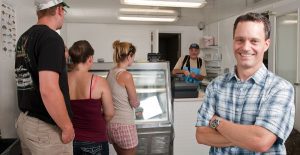
New Hampshire Sea Grant is heavily involved in research and extension efforts to address the best way to market seafood and keep fishermen financially afloat, including providing resources for direct market seafood sales and research into retailer and consumer preferences on seafood.

Maine Sea Grant and NOAA Fisheries collaborated to document and showcase the local knowledge of fishermen and women who harvest of alewives, blueback herring, and American eels in Downeast Maine. The fisherman's first hand observations and intimate relationship with these species over the years can inform efforts to restore these fish populations.
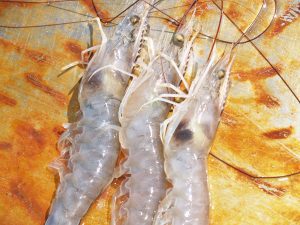
As shrimpers battle against a reemerging parasite, Georgia Sea Grant is providing research and outreach to battle this threat to Georgia’s largest commercial fishery.
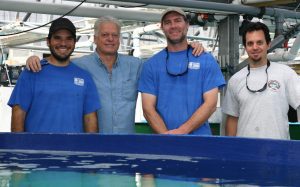
Florida Sea Grant researcher Daniel Benetti is currently assessing the environmental impacts of open-ocean aquaculture on the marine ecosystem with funding from a National Sea Grant aquaculture research initiative grant.
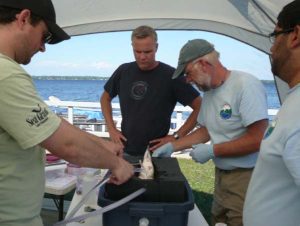
Even catch and release bass fishing tournaments can have a negative effect on fish populations. Research by Aquatic Resources Specialist Mark Malchoff of Lake Champlain Sea Grant and partners is helping to reduce those negative effects.

A discovery by a Texas Sea Grant-funded researcher may help decrease demand on the world’s fish stocks for use as feed in marine aquaculture.